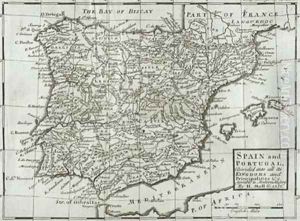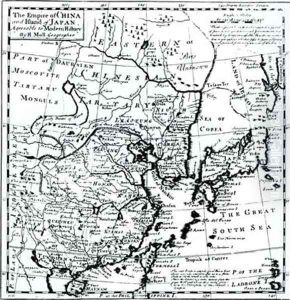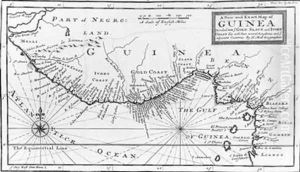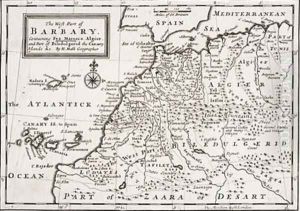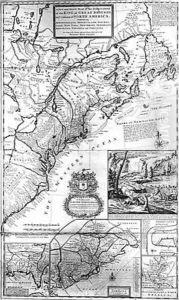Hermann Moll Paintings
Hermann Moll was a prominent Dutch cartographer, engraver, and publisher who was active in London during the late 17th and early 18th centuries. Although Moll was born in the Netherlands, the exact location of his birth is not known. However, it is generally believed that he was born circa 1654. His early life and training are also shrouded in mystery, but he likely apprenticed with a Dutch engraver before moving to England.
Moll settled in London around 1678, where he quickly established himself as a skilled engraver and cartographer. By the 1680s, he was producing maps and atlases, working with prominent publishers such as Moses Pitt and John Seller. His work covered a wide range of subjects, including maps of continents, countries, counties, and plans of battles and sieges reflecting the interests and needs of the time, particularly in the context of European colonial expansion.
Moll's reputation grew, and he became one of the most famous cartographers of his time in England. His most significant work is considered to be 'The World Described', a series of large, detailed maps published in the 1710s and 1720s. These maps were highly regarded for their accuracy and comprehensiveness, as well as for their elaborate and artistic cartouches. Moll's maps were not only functional but also highly decorative, often featuring elaborate scenes that reflected the areas they depicted.
Aside from his cartographic work, Moll was also involved in the intellectual circles of London and was acquainted with prominent figures such as Jonathan Swift and Daniel Defoe, which likely influenced some of the socio-political commentary found in his maps. He was known for his outspoken views on British colonial policy, particularly in relation to trade and navigation.
Hermann Moll continued to produce maps and geographical texts until his death in 1732. His works remain valuable for their historical and artistic significance, providing insight into the geographical understanding and imperial interests of his era. Moll's legacy includes not only his contribution to cartography but also his influence on the visual culture of mapping and the dissemination of geographic knowledge in the early modern period.
